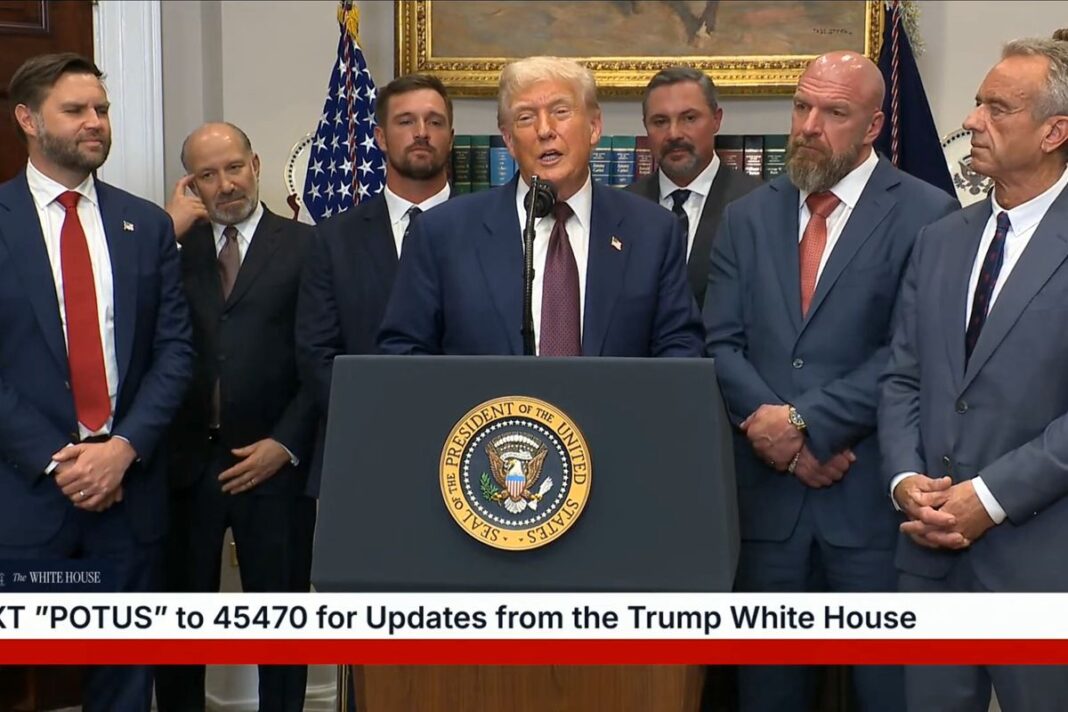Planned job cuts surged in July, driven by DOGE-related actions, tariff fears, and artificial intelligence.
The number of individuals filing new applications for unemployment benefits ticked up last week for the first time since early June.
According to the Department of Labor, initial jobless claims rose by 1,000, to 218,000 for the week ended July 26, remaining close to a three-month low.
Initial jobless claims, released on July 31, came in below the consensus forecast of 224,000.
After hitting an eight-month high in June, claims have been trending lower as companies remain reluctant to reduce their headcount.
The four-week average, which strips out the week-to-week volatility, declined to 221,000 from 224,500.
A closely watched program for federal workers submitting applications for jobless benefits tumbled by 67, to 722.
Continuing jobless claims—a measure of the number of individuals already receiving unemployment benefits—came in at 1.95 million for the second consecutive week. This was the 10th straight week that recurring claims stayed above 1.9 million, hovering at their highest levels in almost four years.
Market watchers argue that the elevated reading signals that unemployed individuals are finding it more difficult to find work.
Still, according to the Federal Reserve after its July policy meeting, “labor market conditions remain solid.”
However, while employers have refrained mainly from mass terminations, new data suggest that planned job cuts accelerated this month.
Global outplacement firm Challenger, Gray & Christmas reported that U.S.-based employers announced 62,075 layoffs in July, up 29 percent from June. Planned job cuts are also up 140 percent from the same time a year ago.
In the first seven months of the year, companies have announced more than 806,000 layoffs, the highest year-to-date total since 2020. This has been led by government (292,294), technology (89,251), and retail (80,487).
Andrew Challenger, the firm’s senior vice president, attributed the spike to actions related to the Department of Government Efficiency (DOGE).
“We are seeing the federal budget cuts implemented by DOGE impact nonprofits and health care in addition to the government,” Challenger said.
Artificial intelligence and tariff concerns also contributed to this year’s layoffs, he noted.
By Andrew Moran








